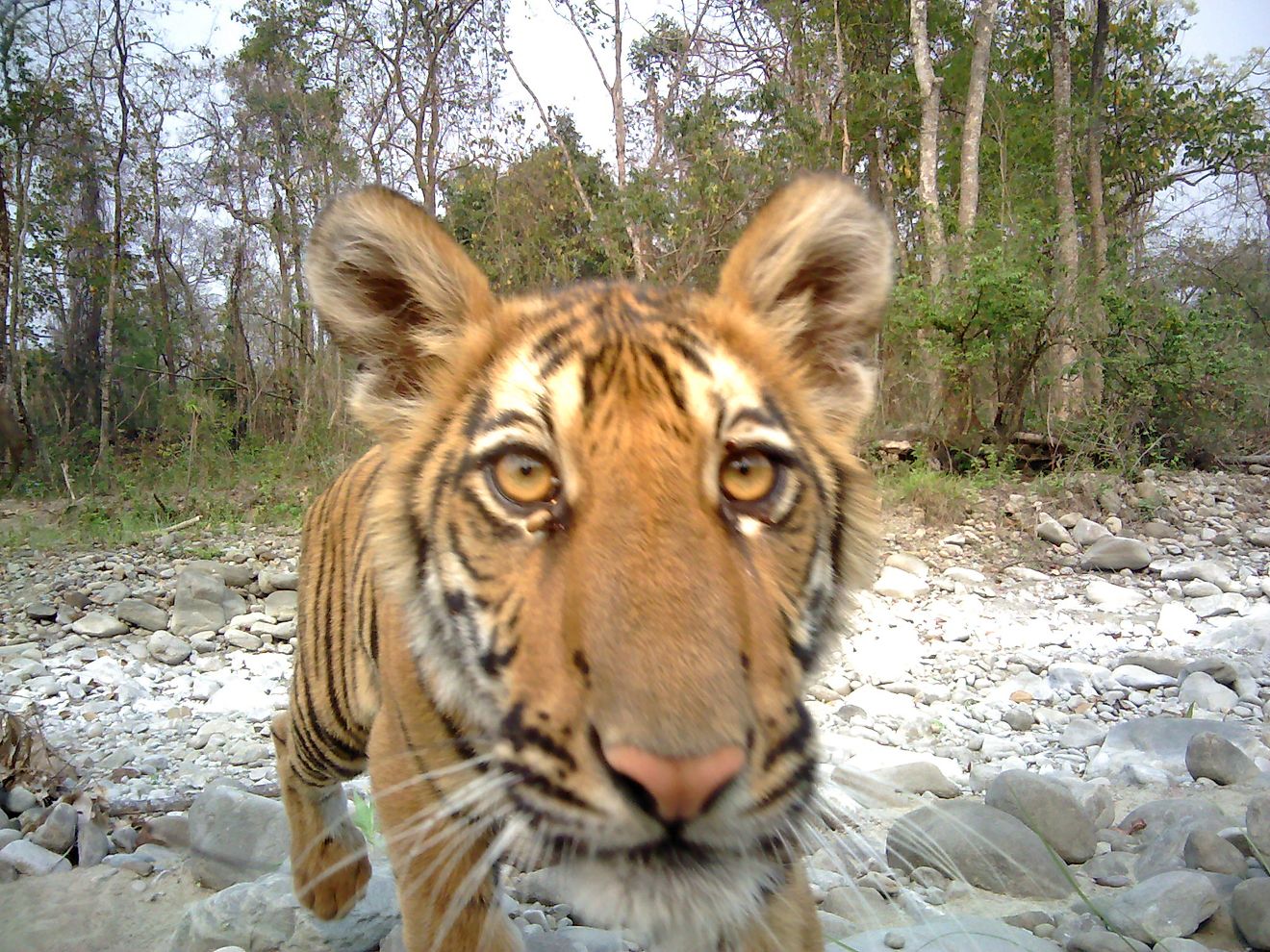What Is the Pedosphere?

The Earth's structure consists of three major parts: the crust, the mantle, and the innermost part known as the core. The crust forms the surface of the Earth and is also constituted by several parts, one of which is the pedosphere. The pedosphere is the part of the crust that is made up of soil and where the soil-forming processes are still active. This part of the crust co-exists with other parts of the Earth’s structure including the atmosphere, hydrosphere, biosphere, and lithosphere. The pedosphere forms the foundation of all terrestrial life on the planet.
Formation of the Pedosphere
Soil is formed as a result of the breakdown of rocks either by water, air, or other factors of erosion. Rocks that form the crust of the Earth today are millions of years old. However, some mineral particles found in the soil are estimated to be as old as 4.4 billion years. This suggests that the Earth has had solid ground for at least 4.4 billion years. Soil development is determined by the chemical composition found in the rocks that will eventually result in the formation of soil. The different types of rocks that often underlie the soil profile are either sedimentary, igneous, or volcanic rock. These rocks are exposed to the Earth’s surface as a result of tectonic activity.
Weathering and Erosion
Scientists in the late 19th century identified five factors that have a significant influence on the rate of rock breakdown and soil development. These factors include topography, climate, organisms, parent material, and time. The process of soil formation is primarily controlled by chemical weathering of the silicate minerals in rocks. This process is facilitated by acidic products from plants and other organisms, as well as carbonic acid from the atmosphere. Carbonic acid is produced in the atmosphere by the dissolution of carbon dioxide in rainwater. Although a weak acid, with time it ‘eats’ into rock, breaking them down into fine particles which form soil. Living organisms influence soil by altering the quantity and quality of organic matter.
Variations in Pedosphere
The environment determines the structure and composition of the pedosphere. Forests have the thickest humus layers as a result of the diverse plants and animals that inhabit them. In the tropics, rainforests receive heavier precipitation than any other type of environment, as well as more insolation than forests outside the tropics. These higher temperatures and large amounts of water result in increased rates of chemical weathering. Deserts and grasslands have the lowest rates of chemical weathering due to the significantly low levels of precipitation, and therefore soil development is heavily dependent on other agents of weathering such as wind.
Human Influence on the Pedosphere
Human activity has dramatically changed the structure of the pedosphere over time. In regions where there is industrial or construction activity, soils are more likely to contain significant amounts of chemicals which leach nutrients in the soils, leaving them barren and unusable for agricultural activity. Agricultural activities have also affected the structure of the pedosphere, leading to massive erosion in some parts of the Earth.











